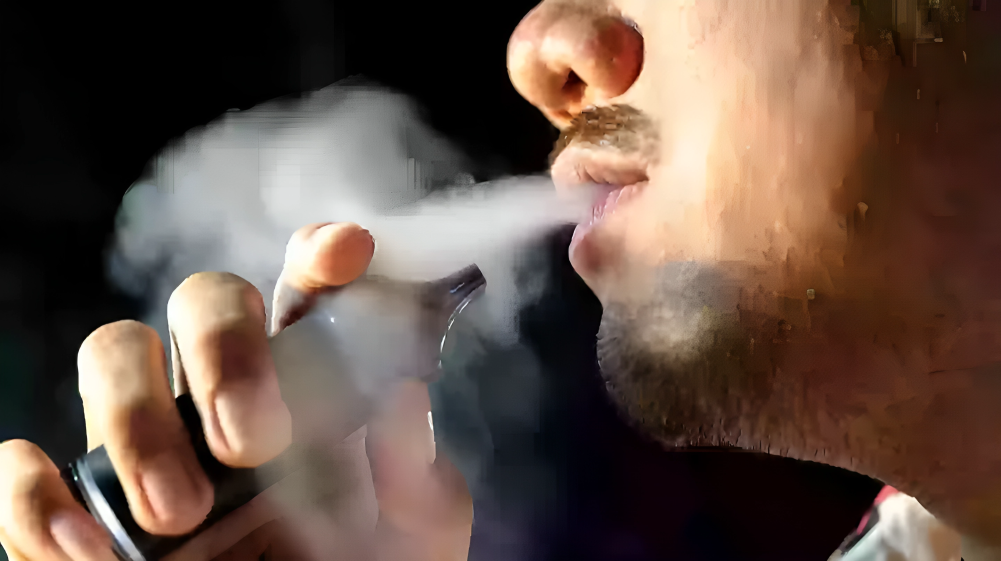It’s well known that vaping isn’t great for our health, but a new simulation has shown what actually happens inside the body when we inhale these chemicals.
While experts are still studying the long-term effects, there have already been serious health concerns linked to vaping.

For example, one man had only a 1% chance of survival after developing a vaping addiction. In another case, a 17-year-old needed surgery to remove part of her lung after vaping the equivalent of 400 cigarettes a week.
Although vaping is still being researched, experts agree that nicotine is highly addictive.
The NHS explains: “Research on vaping-related harm is rapidly developing. Current evidence suggests vapes are less harmful than smoking tobacco, but they aren’t risk-free.”

Most vapes contain nicotine, along with propylene glycol, glycerine, and flavorings. These ingredients can have harmful effects on the body.
Now, a new YouTube video has shown exactly what happens inside the lungs when someone vapes—and it’s concerning.
The educational video, created by The Infographics Show, shows how chemicals enter the lungs, leading to a buildup of mucus on the alveoli, which are needed for oxygen exchange.

According to the video, the chemicals also have a “paralytic effect” on the lungs and cilia, which help clear out harmful substances. It takes weeks to recover from this damage.
When the cilia are affected, doctors warn that the body becomes more vulnerable to infections and other illnesses.
One big concern is that vaping products appeal to young people, especially due to their various flavors and designs.
A 2023 study found that 4.6% of middle school students (ages 11-14) and 10% of high school students (ages 14-18) had used e-cigarettes or vapes. This means about 2.13 million students in the U.S. are vaping.
While research is still ongoing, studies are already linking vaping to lung inflammation.
A recent study in The Journal of Nuclear Medicine found that e-cigarette users showed higher levels of lung inflammation, which can lead to breathing problems, chest pain, and wheezing.
